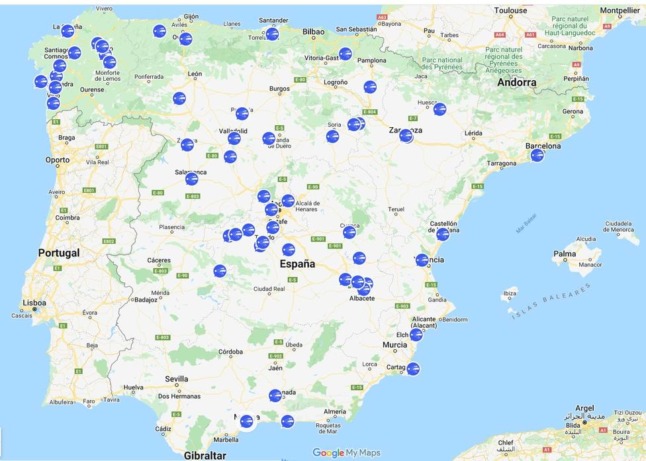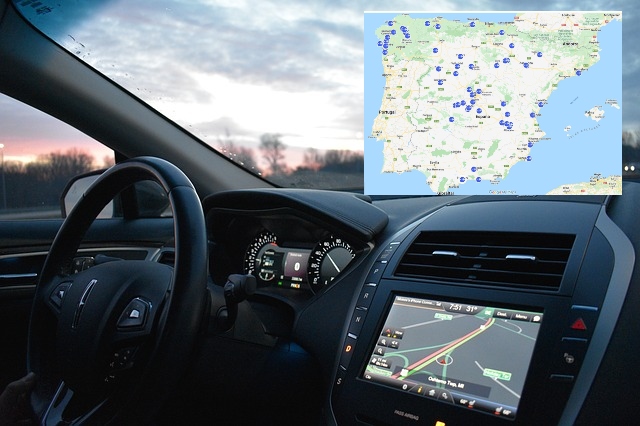In 2018, Spain’s Directorate General of Traffic rolled out the latest speed camera technology, the velolásers, also referred to as radares invisibles (invisible speed cameras), given that they’re very difficult to spot.
These small devices, which measure just 50 centimetres in width and weigh about two kilograms, are placed on tripods or attached to road signs. You won’t necessarily spot them by the side of the road either, as they detect vehicles between 15 and 50 metres away.
They’re wireless, completely autonomous and are capable of recording speeds ranging from 30 km/h to 250 km/h.
While we’re not encouraging that any of our readers who drive in Spain surpass the speed limit or don’t follow the road rules, you can end up paying €100 if you momentaneously go over the limit by a few kilometres.
So where are these so-called invisible speed cameras that number at least 40 in Spain?
The following map shows you where they are:

As you can see, most of them are in the Galician cities of A Coruña and Lugo, in Albacete in central Spain, Madrid, Valladolid and Asturias, as well as several others spread around mainland Spain.
This information is available thanks to an app called SocialDrive, which has created a map for Google Maps that you can access in interactive format here.
Each mapped speed camera includes detailed information and often a photo if you click on the icon.
This has been added by the thousands of SocialDrive users in Spain who have real-life experience of having been fined by the veloláser cameras, intel which is then verified by SocialDrive administrators.
The app also allows users to know where police controls are taking place in Spain, if they have any traffic fines pending or if there are traffic jams up ahead.
SocialDrive is completely legal, and even though the DGT has tried to dissuade users from having this kind of information, Spanish traffic authorities have acknowledged that giving an approximate location of a speed camera isn’t illegal (pinpointing the exact position is).
Having a speed camera detector device or jammer installed in the car, sharing images of police checkpoints and police vehicles are punishable offences.



 Please whitelist us to continue reading.
Please whitelist us to continue reading.
Member comments